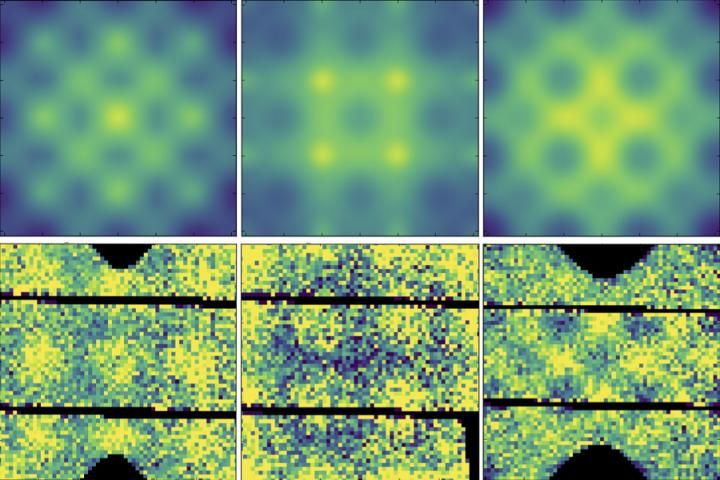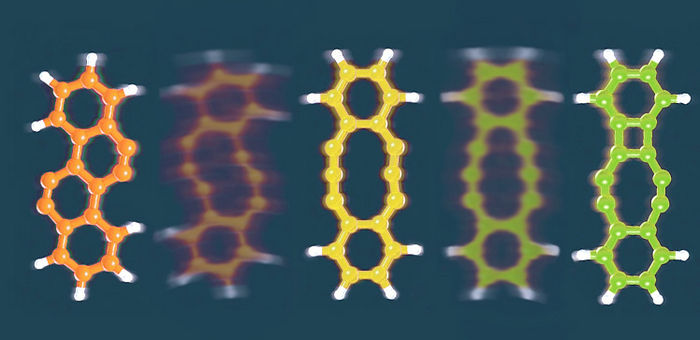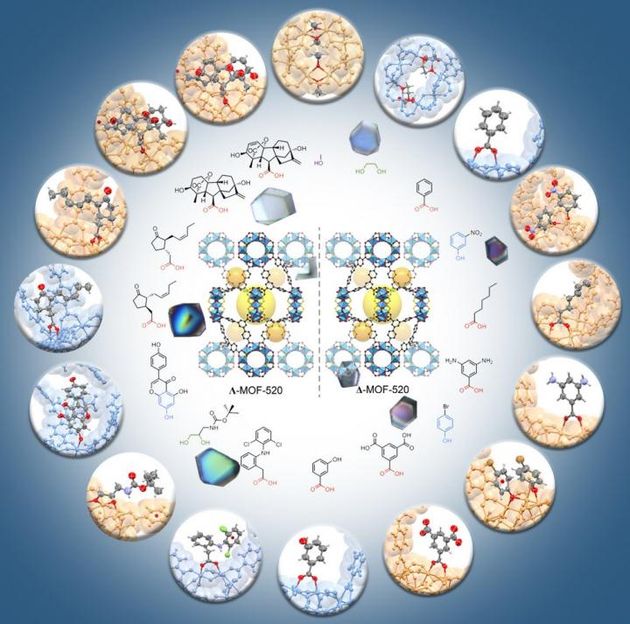Silkworms spin colored silks while on a ‘green’ dyed-leaf diet
A new, “greener” dyeing method coaxes already-colored fibers from silkworms fed leaves that are dipped or sprayed with dye
For some 5,000 years, cultivated silkworms have been spinning luxurious white silk fibers destined for use in the finest clothing. But current dyeing practices produce wastewater that contains potentially harmful toxins, so scientists are turning to a new, “greener” dyeing method in which they coax already-colored fibers from the caterpillars by feeding them dyed leaves. Their findings are published in the journal ACS Sustainable Chemistry & Engineering.
Anuya Nisal, Kanika Trivedy and colleagues point out that dyeing textile fabrics is one of today’s most polluting industries. The process requires huge quantities of water for bleaching, washing and rinsing, and it results in a stream of harmful wastewater that needs to be treated effectively before release into the environment. To make the industry greener and more environmentally friendly, researchers have been developing less toxic methods, including feeding dyed leaves to silkworms so they spin colored — rather than white — cocoons. But so far, this technique has only been tested with one type of dye, which is too pricey for large-scale production. Thus, the team turned to azo dyes, which are inexpensive and account for more than half of the textile dyes used today.
They dipped or sprayed mulberry leaves, the silkworm’s food of choice, with azo dyes to see which ones, when consumed, would transfer to the silk. Of the seven dyes they tested, three were incorporated into the caterpillars’ silk, and none seemed to affect the worms’ growth. The scientists noticed that certain dye traits, such as the ability to dissolve in water, affected how well the dye worked. “These insights are extremely important in development of novel dye molecules that can be successfully used in this green method of producing colored silk fabrics,” they conclude.
Most read news
Organizations
Other news from the department science

Get the chemical industry in your inbox
By submitting this form you agree that LUMITOS AG will send you the newsletter(s) selected above by email. Your data will not be passed on to third parties. Your data will be stored and processed in accordance with our data protection regulations. LUMITOS may contact you by email for the purpose of advertising or market and opinion surveys. You can revoke your consent at any time without giving reasons to LUMITOS AG, Ernst-Augustin-Str. 2, 12489 Berlin, Germany or by e-mail at revoke@lumitos.com with effect for the future. In addition, each email contains a link to unsubscribe from the corresponding newsletter.
Most read news
More news from our other portals
Last viewed contents
New Methods for Screening Nanoparticles

Neutrinos weighed by the world's most precise scale

Breaking bad metals with neutrons

Analytica and ceramitec 2024 in parallel - Added value for exhibitors and visitors

Tip tricks control reactions in a single molecule - Pulses from an atom-sharp tip enable researchers to break and form chemical bonds at will

Advances in the logistics of liquid goods - Self-loading of road tankers by the driver

A different spin on superconductivity - Unusual particle interactions open up new possibilities in exotic materials
With carbon nanotubes, a path to flexible, low-cost sensors - Potential applications range from air-quality monitors to electronic skin
ISO toughens toy safety for hazard-free and fun play

A new way to display the 3-D structure of molecules


























































